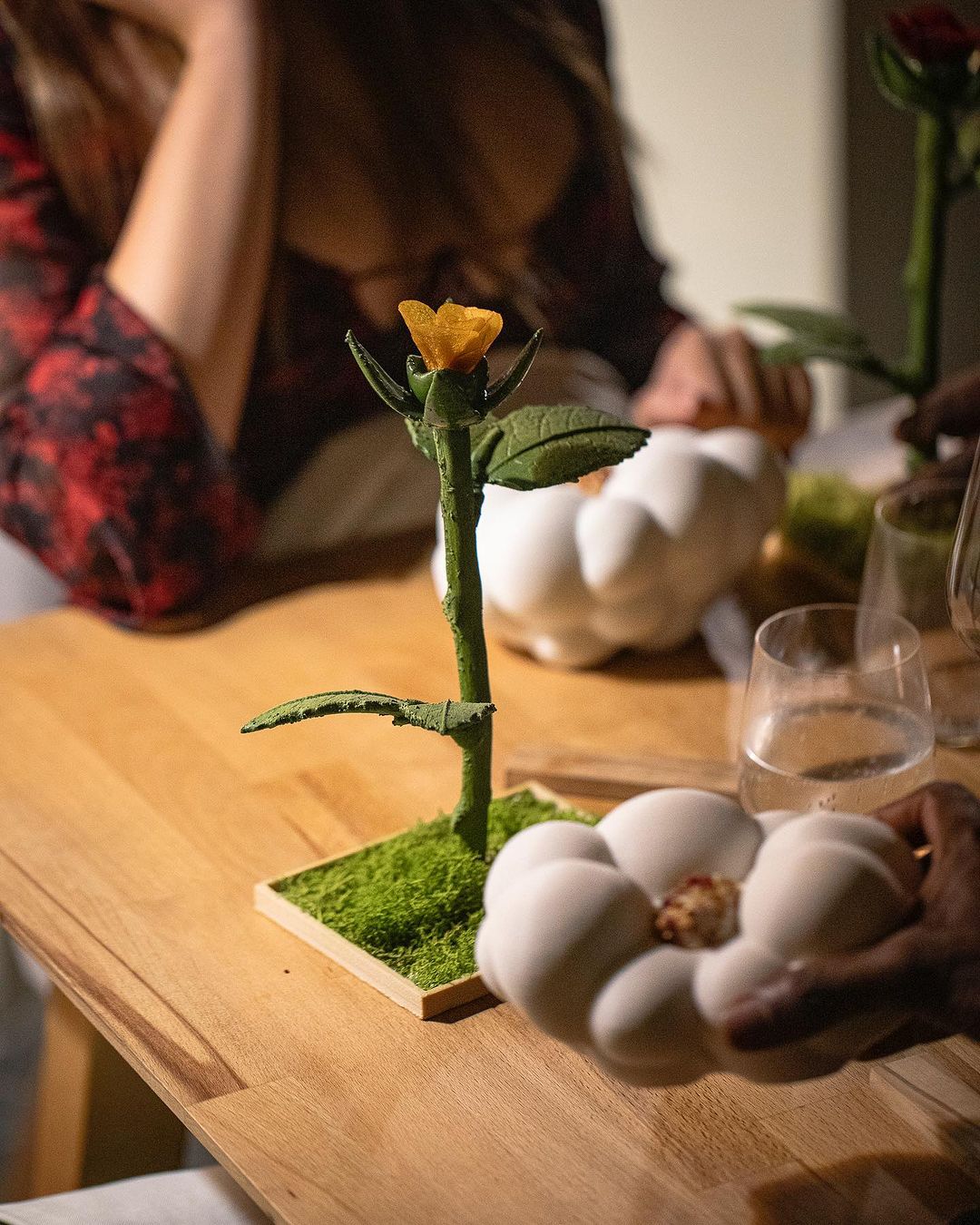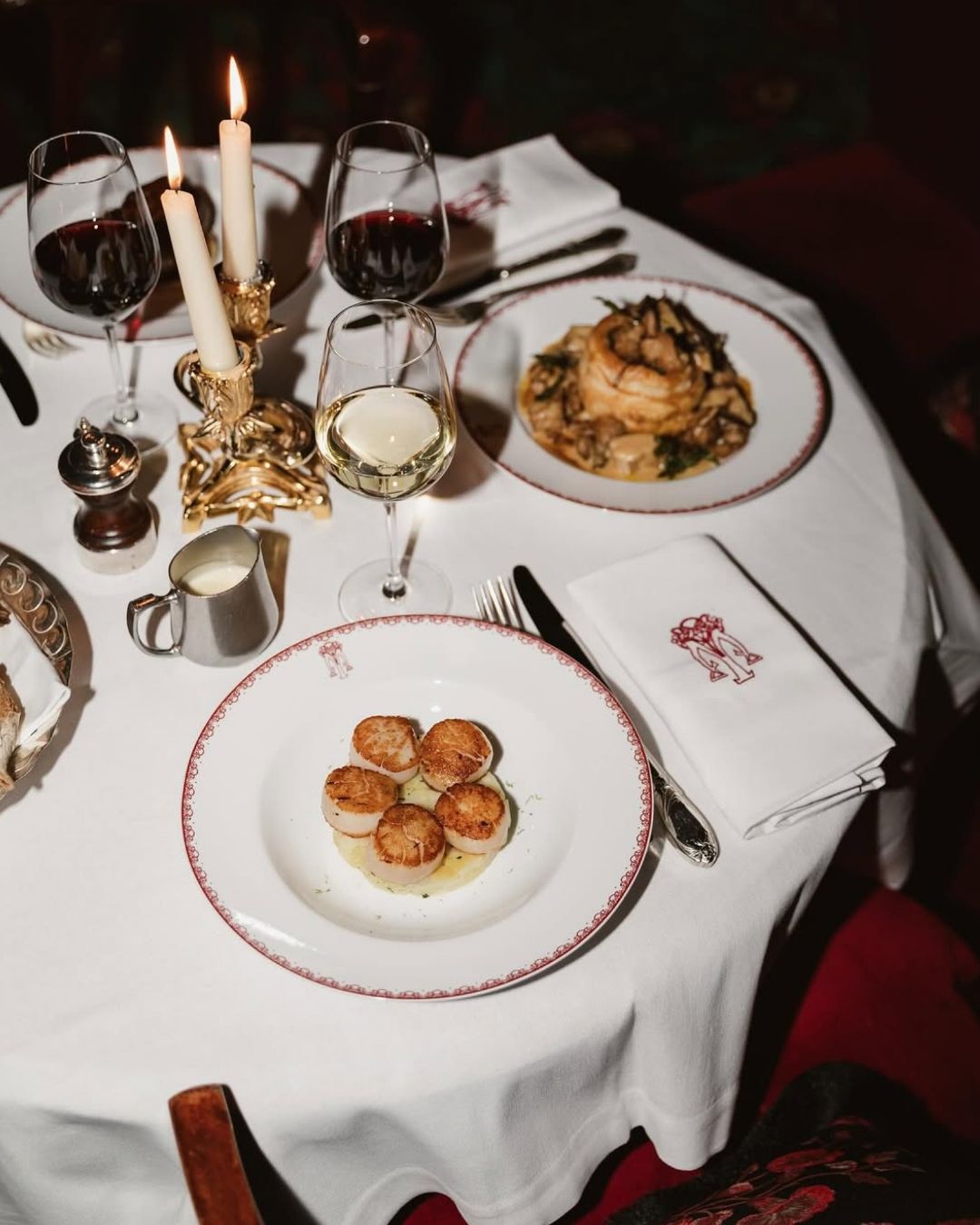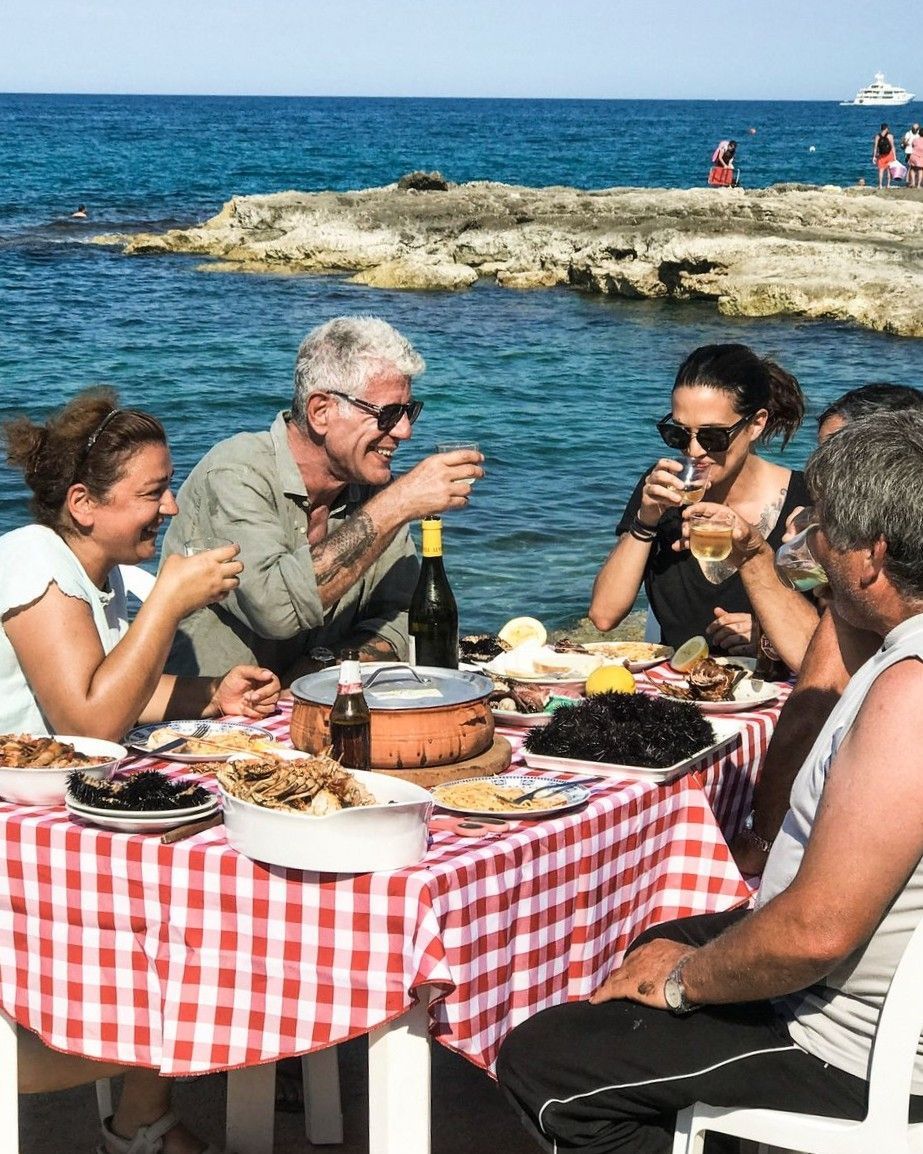
The world's weirdest anticonventional restaurants Some Michelin stars are more provocative than you'd expect
In recent years, within the Michelin Guide and the annual World’s 50 Best Restaurants ranking, several unconventional and increasingly experimental establishments have emerged. Their proliferation partly reflects a new idea of conviviality that is changing the rules of dining in fine restaurants, as well as the reasons why we choose to try them and the method behind designing tasting menus. For some chefs, creating avant-garde and research-oriented cuisine is a conscious choice that not only affects individual dishes but also the entire dining experience offered by the restaurant. The use of unusual ingredients, innovative preparation techniques, and extravagant presentations contribute to transforming the act of cooking into a performance. The goal is to amaze customers, highlighting the skill and personality of the chefs and their teams. This is also, above all, a form of entertainment, guiding diners outside the gastronomic routine, introducing them to new flavors and textures. In these types of restaurants, people go not so much for socializing but to be surprised by a unique culinary journey.
So, here are five high-profile restaurants where you can have an entirely extraordinary gastronomic experience.
Mugaritz, Spain - 2 Michelin Stars
Founded in 1998 by chef Andoni Luis Aduriz, one of the most renowned internationally, Mugaritz in San Sebastián is known for its bold and divisive approach. The menu, consisting of over twenty courses, plays with noble molds, among other things. One tasting offered is the "Frozen Thyme," a small bouquet that aims to recreate the spring frost through a kind of jelly. But there's also a very particular dish that directly involves diners, asking them to taste a sheep's milk mixture from a breast-shaped mold. Perhaps Mugaritz's most provocative dish, ranked 34th in the World’s 50 Best Restaurants, is "Face to face" – a membrane that resembles human skin, made from cider and other ingredients, spread on a face-shaped plate.
Alchemist, Denmark - 2 Michelin Stars
Opened in 2019 in Copenhagen, Alchemist has quickly become one of the world's most important restaurants, offering a multisensory experience that combines food, art, science, storytelling, and activism. Chef Rasmus Munk is known for his unconventional gastronomic choices, such as the cotton candy dumpling with a five-year fermented fish sauce or the raw gelled jellyfish seasoned, among other things, with dog rose. One of Alchemist's most famous dishes is "1984," named after George Orwell's novel, served on a plate reproducing an eye whose pupil is filled with various ingredients, including caviar and cod eye gel. Chef Munk's culinary strength lies in serving and valorizing products that are generally discarded as non-noble, such as lungs or lamb brain.
The Fat Duck, England - 3 Michelin Stars
The approach of this restaurant not far from London is "question everything" – that is, "challenge everything." The experience that self-taught chef Heston Blumenthal offers is non-linear, playful, and multisensory. One of his signature dishes is, for example, "Walk in the Woods": the dish consists of a centerpiece that immerses diners, through smell, in the scents of the forest – all these aromas will then be found in the respective course, made with lovage, beets, blackberries, mushrooms, and truffles, among other things. Later, a reproduction of a resin drop is served to dissolve in a teapot, which is nothing but an incense and deer consommé. The conclusion of the tasting journey features the arrival of a miniature reproduction of The Fat Duck, inside of which are various drawers from which – by inserting a coin provided to diners – small pastries emerge.
Gaggan Anand, Thailand - 17/50 World’s Best Restaurants
The eponymous restaurant of Indian chef Gaggan Anand provocatively aims to expand the boundaries of traditional fine dining. Music, colors, creativity, and gastronomy combine in a culinary experience of unpredictable courses, which often vary based on the current theme. Gaggan Anand, who chose not to compete within the Michelin Guide, engages with diners by asking them to eat with their hands, lick the plate, or decipher the menu courses through emojis representing them. Music, especially rock, is a fundamental component of the journey. The restaurant in Bangkok – ranked 17th in the World’s 50 Best Restaurants – consists of a single counter with just over ten covers, and its tasting menu offers over twenty courses, all explained (in a very colorful manner) by Chef Anand himself.
Bros, Italy - 1 Michelin Star
The approach to cooking by the young restaurateur couple Floriano Pellegrino and Isabella Potì heavily utilizes the rancid flavor, which has almost become a distinctive feature of their restaurant in Lecce. One of Bros' iconic dishes, in the heart of Lecce, is, for example, the lukewarm spaghetti with rancid fat, garlic, and chili. But their cuisine also plays with textures, often gelatinous, foam, and fermentation. Provocation, not only in terms of flavors, is another distinctive feature of the restaurant. The signature dish "Limoniamo," an intermezzo of citrus and San Marzano tomato, is served, for example, in the reproduction of the lips of the two chefs: the diner – to savor the dish – will necessarily have to interact with this cast, finding themselves between the playful and transgressive dimensions.















































